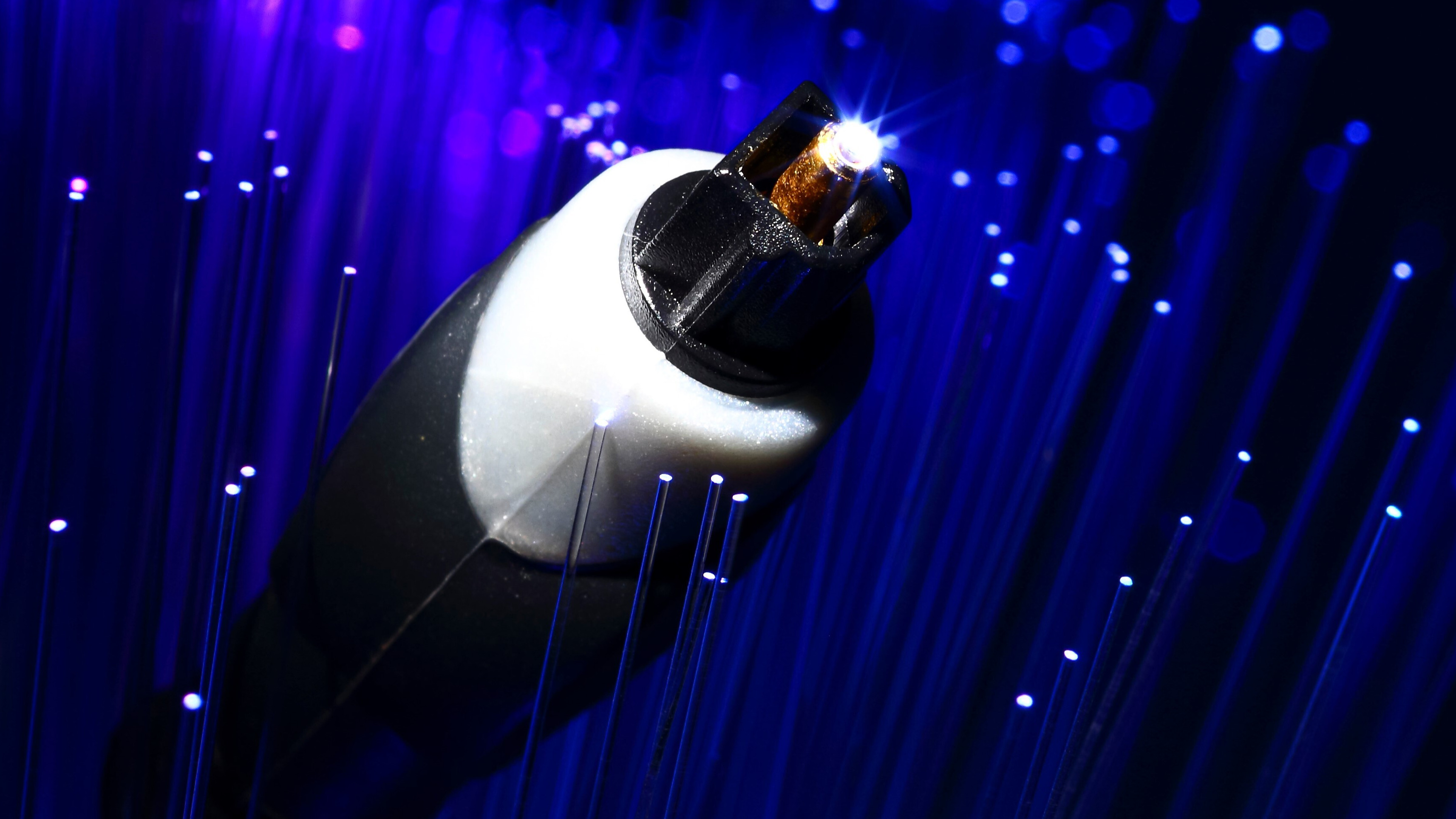New undersea cable tech listens for sabotage — can be retrofitted to existing fiber optic lines

German tech company AP Sensing just developed a technology that lets undersea cables detect tampering and sabotage through soundwaves. The company tested its new Distributed Fiber Optic Sensing (DFOS) last year when it sent a diver to make contact with an underwater cable it was monitoring. “He stops and just touches the cable lightly, you clearly see the signal,” Daniel Gerwig, global sales manager at AP Sensing told BBC. “The acoustic energy which travels through the fiber is basically disturbing our signal. We can measure this disturbance.”
The technology works like sonar, where it senses vibrations traveling through the water by monitoring the light traveling within the fiber optic cable. These tiny movements, as well as temperature changes and physical disturbance, affect the minute number of photons being reflected back along a fiber optic cable. By measuring these changes, the team can determine if something makes contact with the cable or if a part of it is unearthed.
AP Sensing’s software is also claimed to be able to pick up vehicles moving and events happening within the vicinity of the cables. This makes it possible for fiber optic cables to hear a dropping anchor, detect ships passive above it, and even possibly determine the vessel’s approximate class.
One more advantage to this technology is that it can be retrofitted to existing lines that have free channels or at least one unused cable. That means undersea cable operators do not have to spend millions in laying new cables with built-in sonar sensors. The only additional investment they need is to install signal-listening devices every 100km (approx 62 miles).
Many companies are starting to invest in technologies like this in the wake of several high-profile cable-cutting incidents in the Baltic Sea and around Taiwan in late 2024 and early 2025. As the majority of global communications rely on undersea cables, purposely disrupting this crucial infrastructure could be considered a hostile act.
However, these sabotage detectors may only help catch an offending vessel after it has already damaged or severed a cable. Still, some suggest putting dedicated sensors around crucial infrastructure is a good idea, giving Coast Guard and Navy ships some time to respond before damage is inflicted. This would make it easier to safeguard these key undersea lines of communication and would work well alongside NATO’s deployment of sea drones.
Get Tom's Hardware's best news and in-depth reviews, straight to your inbox.

Jowi Morales is a tech enthusiast with years of experience working in the industry. He’s been writing with several tech publications since 2021, where he’s been interested in tech hardware and consumer electronics.
-
Internetplumber For what it is worth, DAS (Distributed Acoustic Sensing) is not new, nor unique to AP Sensing. It is however very interesting tech.Reply -
Daniel Pyke Working for a Distributed Acoustic Sensing (DAS) company I know the technology can be a little difficult to understand - so I tried to explain how it works here - https://www.sensonic.com/en/blog/what-is-distributed-acoustic-sensing-how-does-it-work--3274/ I hope people find it useful/interesting.Reply
We (Sensonic) specialise in railway applications of DAS but the technology is used in oil and gas, border protection, earthquake monitoring and more.